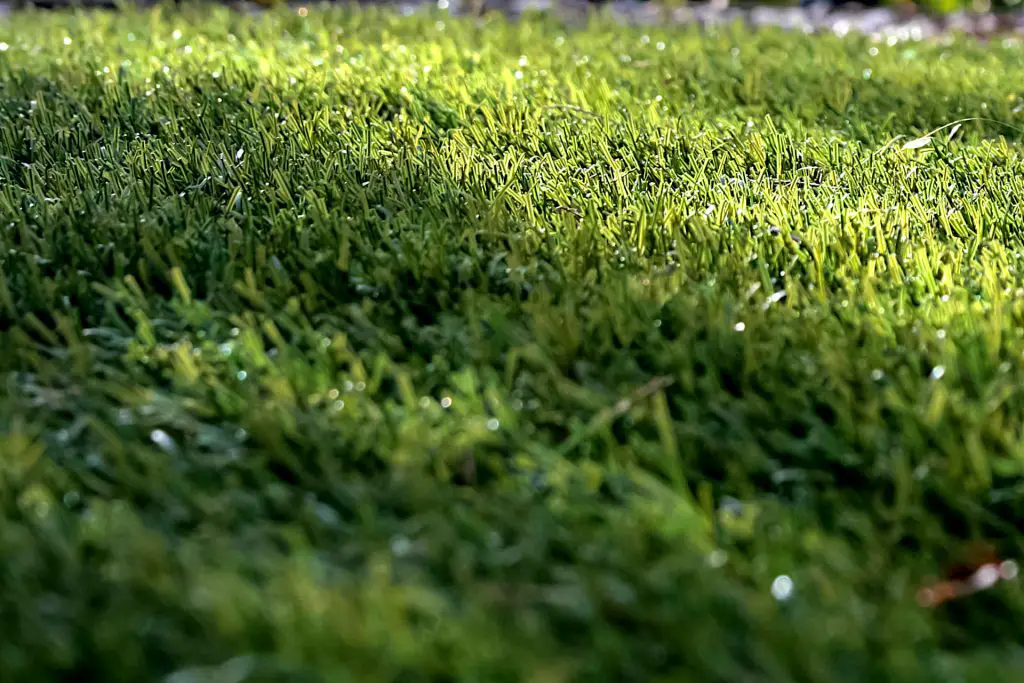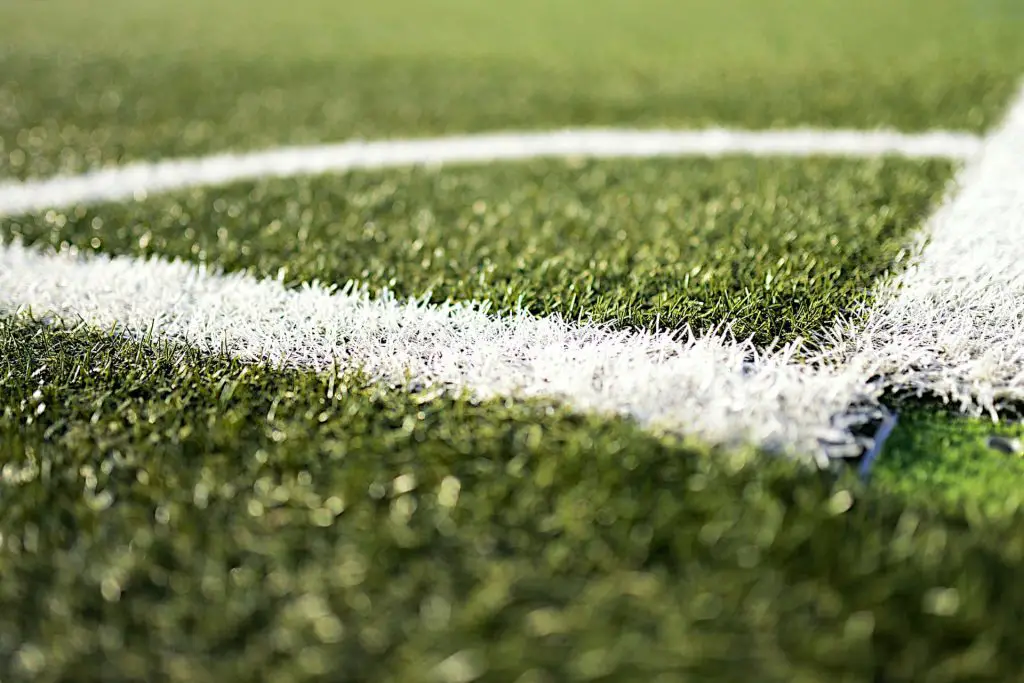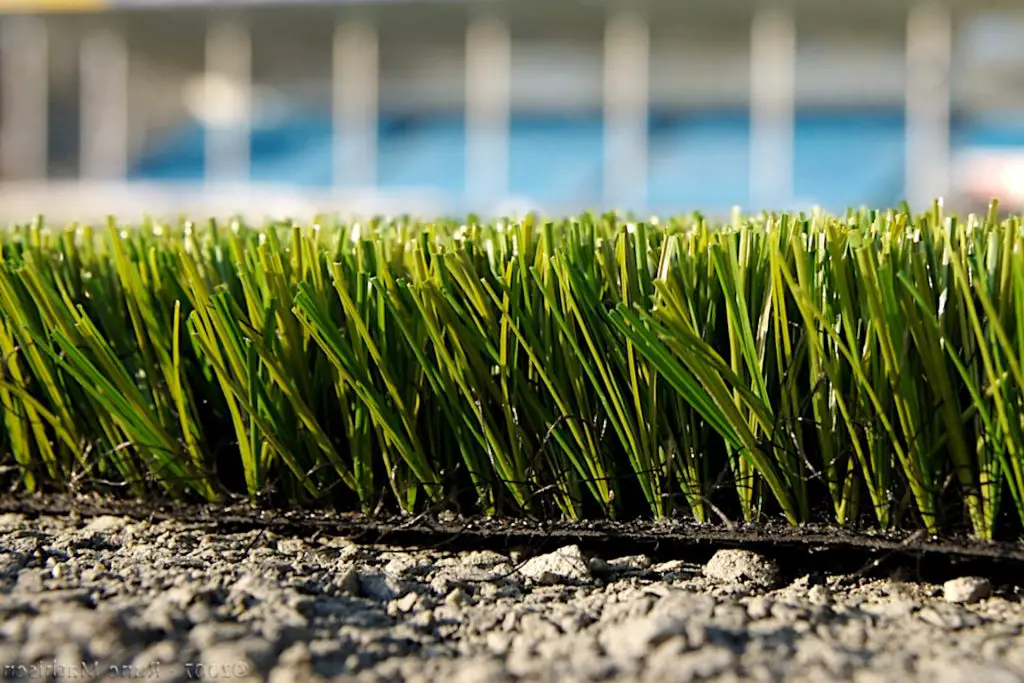Artificial Turf vs Natural Grass: Synthetic Grass Closing the Gap on Natural Grass
The choice between using artificial turf over natural grass is no longer as simple as it might have once been. Advances in both developing and growing natural grasses have resulted in a new generation of turf products that are more resilient than ever before. However, the advances in synthetic grass have been rapid too.
These advances in synthetic grass technology have made it a viable option for almost all use cases. Is it the best option? This really depends on so many factors such as climate, use case, and economic considerations. As we shall see, in a number of circumstances, such as with sports fields there are good economic and performance arguments in favor of its use. In certain circumstances, you might also find it sometimes the only realistic option.
We will look at why using synthetic grass to create a lawn might now work for you, what factors make artificial turf made from synthetic grass attractive, and the disadvantages associated with using it.
Types of Synthetic Grass

In a similar way to natural grass, the choice in front of you in terms of choosing synthetic grass is now fairly wide. There are numerous types of synthetic grass available with many designed for specific use cases, such as sports fields, lawns, golf greens, playgrounds, and others.
There are three main materials used polyethylene, nylon, and polypropylene. Each type offers its own advantages and disadvantages but all can add beauty and functionality to your lawn.
The most common type of artificial grass is made out of polyethylene. Polyethylene artificial grass is very durable and resistant to wear and tear. However, it tends not to absorb moisture well and can become quite slippery when wet.
Nylon artificial turf is another popular option. Nylon synthetic grass gives the closest visual and tactile appearance to real grass because it looks and feels just like natural grass. It is also very durable and resists damage. However, it has a downside in that it is much more expensive than other options and requires more maintenance.
Polypropylene artificial turf is a third option. This type of artificial grass is similar to nylon artificial turf, except it is slightly cheaper than the nylon equivalent. It is also very resilient and durable. However, it has a propensity to crack and peel over time.
Beyond the choice of the material and use case, there are various choices in terms of the pile height and color.
Advances in Synthetic Grass Technology: Artificial Turf Construction
The synthetic grass blades are woven into clusters and then inserted into a thatch matting to form rolls of artificial turf. The clusters can be knitted together in a number of ways:
- Slit-Film: A narrow sheet of plastic is slit to create flat grass blades, which are then rolled out.
- Monofilament Fiber: Turf blades that are three-dimensional and stand erect.
- Dual Fiber: Slit-film turf blades and monofilament grass blades are combined in a single product.
Synthetic Thatch Layer
Sometimes, a much shorter, spongier fiber, is incorporated into the artificial turf, which contributes to the l stability of the turf system. It is not necessary to add thatch in all grass systems but it aids performance and the visual effect.
Thatch Backing
The clusters of synthetic grass blades and the thatch are woven into a thatch bedding. The bed has a series of holes pierced into it to assist with drainage and run-off.
Artificial Turf R-Value
It is important that you choose the right type of synthetic grass for your climate and environment because, as with natural grass, climate can have a big impact. The R-value represents how much heat the turf absorbs and retains. If you live in a warm arid climate this could have an impact because artificial turf will get much hotter than natural grass because it retains more heat.
There are synthetic grass fibers that are on the market made from special yarns developed to reflect heat as well as fibers coated with reflective material that can bring down the temperature by up to 10o F. You can water the artificial turf and also use shade mats if necessary.
It’s also important to consider the amount of sunlight that your yard gets. As darker colors absorb more heat light, using a lighter shade can help make your yard remain cooler in the summer months.
Artificial Grass Installation
Installing artificial grass is a big job, and it’s easy to overlook some of the smaller details that could potentially affect the quality of the finished project. Indeed it is generally more expensive to install than natural sod.
Installing a firm base for your artificial turf is important. If you don’t prepare the base correctly, you may end up with uneven surfaces, which can cause problems when installing the turf. This means that you need to lay down a stable base that’s strong enough to support the type of traffic that the artificial turf will get.
It is, therefore, necessary to ensure the aggregate (the sand, gravel, and other materials) forming the sub-base, is tramped down properly into place. Tamping ensures that the soil is compacted evenly and firmly providing the base on which you can lay your artificial turf.
And finally, you need to fit the turf correctly. The fitting process involves measuring the space where the turf will go, cutting the turf to size, and laying it down.
Artificial Grass Infill
The purpose of artificial grass infill is to help to keep the blades of synthetic grass upright, giving it the appearance of genuine grass. The infill also acts as a weight which helps in keeping the artificial turf stable, preventing it from wrinkling.
Types of Infill
The infill is added at the base of the synthetic grass blades with several types available. The two that are most commonly used are sand and crumb rubber.
The sand infill is made of small silica particles that are mixed together. It has a cost advantage over other infill materials but as an abrasive material, it can, over time, add wear to the synthetic grass blades.
Crumb rubber infill is often created from used vehicle tires that have been ground down into fine granules. It makes the surface more spongey and this feature makes it suitable for sports fields but this infill has a tendency to disintegrate.
There are various other types of infill available that have been developed to avoid improving the effectiveness of infill. These include Envirofill, acrylic-coated silica, and several organic infills that are allergen-free.
Top Off
You will find over a period of time some areas of your artificial turf will wear more than others, particularly if used as a sports field. These areas will need more infill. Adding infill to these areas is known as topping off.
What Are the Factors that Make Synthetic Turf a Good Choice?

Synthetic turf has a number of factors that makes it a viable alternative to natural grass, These include durability, and lower maintenance costs. It doesn’t require any watering, fertilizing, or mowing, so there’s little need to worry about weeds or pests. And because it looks just like real grass, it provides a realistic playing environment for athletes.
- Low maintenance costs
- Virtually no weeds
- No mowing
- Durability
- Easy to clean
- No need to water to grow
- Great for sports fields
- Looks great all the time
- Good for schools, parks, playgrounds, etc.
It is Good for Dry Climates
In dry climates, synthetic turf has proven to be a great alternative to real grass. It requires less watering than natural grass, which means less water usage and less runoff into local waterways. This is particularly important in states that have stringent water conservation policies. It also lasts longer than real grass, so you don’t have to worry about replacing it every year.
Requires Little General Maintenance
As opposed to natural grass, putting down artificial turf has the benefit of drastically reducing your maintenance. In terms of lawn care costs, you won’t need to water, fertilize or mow your lawn to keep it looking its best and thriving.
It’s Versatile in Terms of Use
Synthetic turf has many uses outside of sport. For example, it can be used in hospitals, schools, and office buildings. It is also used in places where natural grass would not grow well, such as in desert climates.
It is Durable
It’s resilient because it has a high resistance to damage. This means that if you drop something on it, it won’t break. If you step on it, it will absorb the shock. And if you walk across it, it won‘t tear.
It also lasts longer than real grass, so you don’t have to worry about overseeding it every couple of years as bare or thinned-out patches shouldn’t develop on artificial turf. You should also not be susceptible to holes appearing in your lawn or vermin issues.
Maintains a Flat Surface
The surface of synthetic grass is always uniformly smooth and even in appearance. No unevenness in the form of humps and bumps will be present meaning it should be a safer playing environment for children.
Synthetic Grass Drawbacks
Artificial turf has become increasingly popular over the years due to its many benefits and positive properties. However, it also has a number of disadvantages that need to be taken into consideration if looking to use it
Environmental Considerations
One of the biggest concerns is the environmental impact. Synthetic grass requires a lot of energy to manufacture and maintain leaving a carbon footprint that you do not have with natural grass.
In addition, artificial grass is not biodegradable. This means that it cannot break down naturally into the soil. As a result, it can accumulate toxins and pollutants in landfills. These toxins can leach into our water supply and harm wildlife. So if you care about the environment, consider using natural turf instead.
It is true, that sometimes local conditions, particularly water requirements of natural grass, can rebalance some of the environmental impacts.
Surface Heat
We have already mentioned that synthetic grass has a propensity to retain heat far more than natural turf. As we have discussed there are ways to mitigate the heat build-up on artificial turf. While it is fireproof, it can also melt if burning charcoal or, somebody is looking to have ‘fun’ with a magnifying glass. However artificial turf can be repaired.
Odor Build-Up
One consideration that can be overlooked is odor build-up. Synthetic grass and some infill retain odors in a way that natural grass does not. This can be a particular problem with pets.
In addition, it lacks the natural, fresh-cut scent of real grass, which some people may consider as a negative quality, making it less appealing.
Toxic Run-Off
Some infill such as crumb rubber can cause toxic run-offs which could be harmful both to pets and the environment. There are more friendly but expensive infills available and you might need to look at these if you have pets or environmental concerns.
Is Natural Grass Still Better than Artificial Turf?

In general terms, natural grass is still superior to synthetic grass. In the same way that the technology behind synthetic grass has developed so has that around natural grass. In the early 1990s, a research center called NetGen was set up to enhance and develop the breeding of grass varieties that improved quality, color, and density.
More recent research has focused on evening-out climatic conditions in terms of increasing drought tolerance and water conservation. In addition, research is also moving forward on sustainability and improving environmental impact.
Whilst artificial turf development makes it more and more similar to natural grass it will never usurp the vibrant look feel and texture of natural grass.
Wrapping Up: Artificial Turf vs Natural Grass
There is no doubt that there have been major leaps forward in synthetic grass technology. It is unlikely to ever overtake the use of natural grass but there are conditions and circumstances where synthetic grass makes sense, especially for sports fields and places with extreme climates.
The choice between artificial turf and natural grass is an important decision. Both have their pros and cons. There is no question that artificial turf is more convenient and requires less upkeep. On the other hand, it can be expensive to buy and maintain and is not environmentally friendly, requiring resources to produce, and creating a carbon footprint and waste products.
Notes:
[1] NexGen Turf Research: The Turfgrass Research unit
